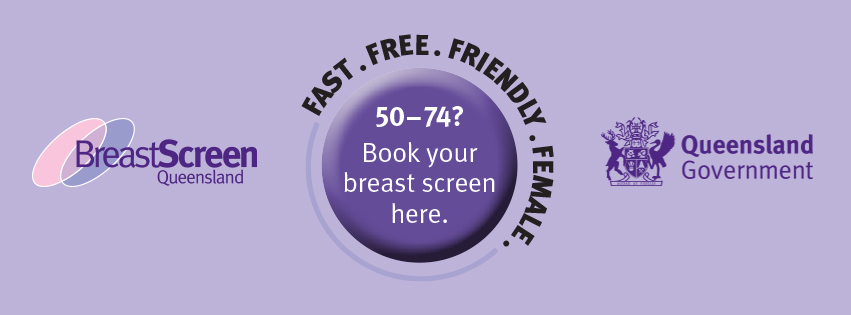
Breasts are a big (or not so big, depending on your cup size) part of a woman’s life. You’ve had them since your teenage years, but there’s a few things you may not know about how to keep them healthy after 50.
The change of life can change your boobs
You experience a lot of changes with menopause and sadly, your boobs aren’t exempt from these changes. Breasts are more likely to soften and droop both pre- and post-menopause as fat increases in the area, glandular tissue decreases and elastic supportive tissue stretches.
The treatment you receive for menopausal symptoms can also have an impact on your breasts. Taking combined hormone replacement therapy (HRT) for five or more years after menopause has been associated with an increased risk of breast cancer, although oestrogen-only HRT hasn’t. Cancer Australia has more information on breast cancer and HRT, including recommendations you may wish to read.
Bumpy boobs aren’t just a fact of life
In addition to the drooping and softening, it’s more common for women over the age of 50 to have lumps and cysts in their breasts (Cysts are less common post-menopause, but HRT can cause them to continue developing).
If you find a lump, have nipple discharge or any other change that concerns you, it’s important to see your doctor without delay. Even if you don’t see or feel any changes in your breasts, women aged between 50 and 74 are encouraged to have a breast screen every two years because screening can detect small changes in the breast tissue when there are no physical signs. At BreastScreen Queensland, screening is fast, free, friendly and female.
There’s no need to be embarrassed by a breast screen
Fear of embarrassment or anxiety about the screening procedure are common worries that stop women from having a breast screen. Some women aren’t even sure why they need to screen in the first place. But statistics show that Queensland women have around a one in eight chance of being diagnosed with breast cancer by the age of 85. The most proven method of detecting breast cancer and preventing it from becoming more serious or even fatal is through screening every two years.
Although you may find it a little uncomfortable, a few minutes of discomfort is far better than the alternative. At BreastScreen Queensland, which has been running for more than 25 years, your appointment is one-on-one with a female health professional who’ll help you to feel at ease.
Getting older increases your breast cancer risk
The biggest known risks to developing breast cancer are simply being a woman and getting older. More than 75 per cent of women diagnosed with breast cancer are over 50, and while women without a family history of the disease may not feel at risk, nine out of 10 women who get breast cancer DON’T have a family history. Breast cancer is the most commonly diagnosed cancer and the second highest cause of cancer-related death amongst women.
Healthy boobs equals happy you
There are things you can do to reduce your risk of developing breast cancer. It helps to be active every day, maintain a healthy body weight and limit your alcohol consumption to one standard drink or less per day.
Breast screening every two years for women aged between 50 and 74 is the most effective way to detect breast cancer early. Finding breast cancer early reduces the chances of dying from the disease and can increase treatment options. With the help of early detection, the five-year breast cancer survival rate has increased to 90 per cent.
BreastScreen Queensland provides free screening to eligible women at more than 260 locations across Queensland. It’s easy to take advantage of the life-saving service.
IMPORTANT LEGAL INFO This article is of a general nature and FYI only, because it doesn’t take into account your personal health requirements or existing medical conditions. That means it’s not personalised health advice and shouldn’t be relied upon as if it is. Before making a health-related decision, you should work out if the info is appropriate for your situation and get professional medical advice.

A breast screen only takes 30 minutes and is a must every two years for women aged between 50 and 74.